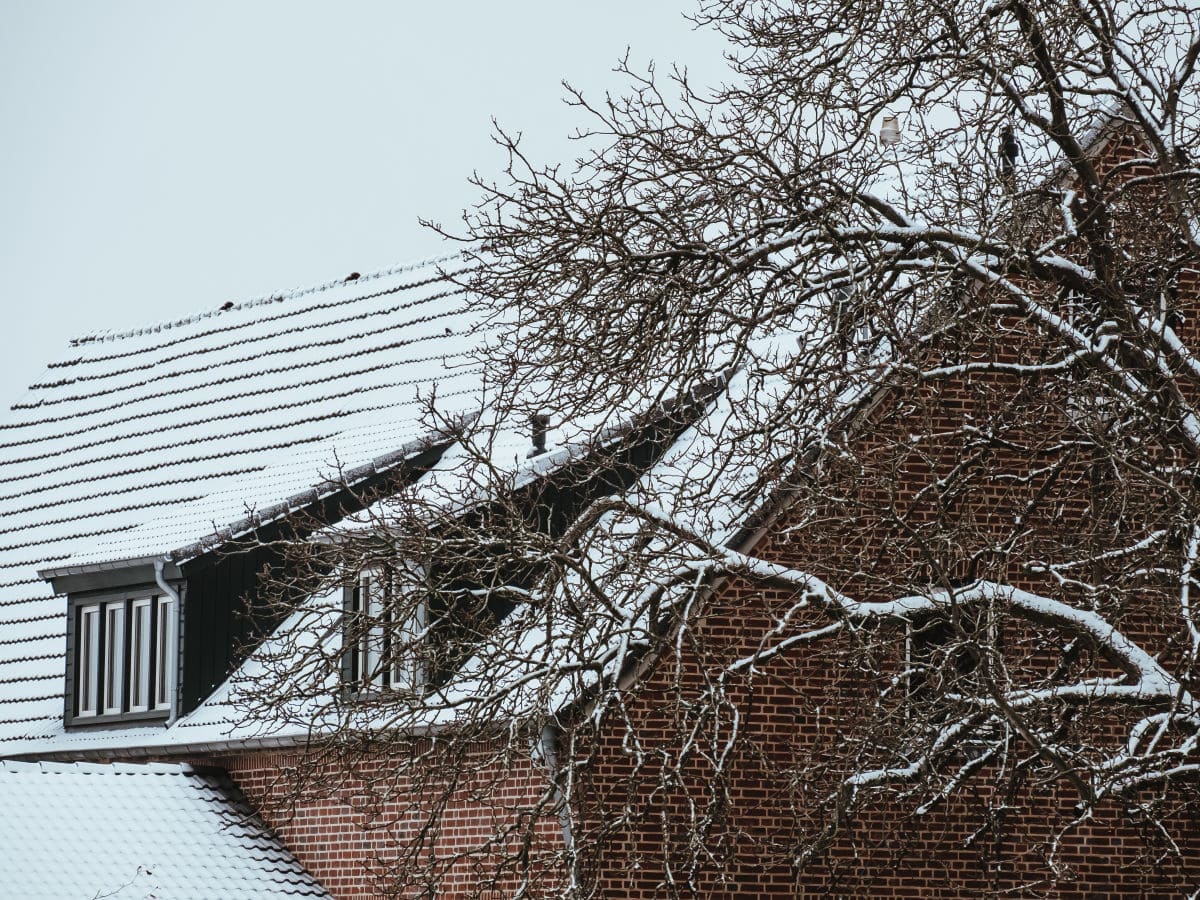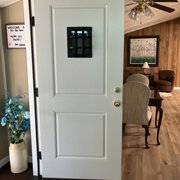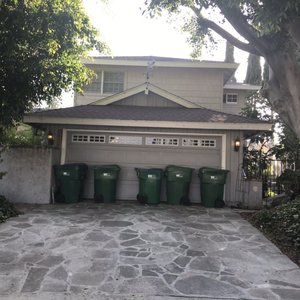Winter home maintenance is not merely a seasonal chore; it’s a proactive strategy to safeguard your property and ensure its longevity. The drop in temperature, snowfall, and icy conditions can all take a toll on your home’s structure and various systems. From your roof to your plumbing, each component is subject to unique challenges that can lead to significant damage and costly repairs if neglected.
Investing time and resources into winter home maintenance offers long-term benefits beyond immediate comfort and safety. Well-insulated windows and walls, for example, can significantly reduce heating costs. In contrast, a well-maintained heating system operates more efficiently and lasts longer, reducing the need for emergency repairs or premature replacement. A leak-free roof and clear gutters prevent water damage that could otherwise lead to expensive structural repairs.
Insulating Your Home
Attic Insulation
Insulating your attic is akin to putting a hat on in winter; it prevents heat from escaping through the top of your home. The process involves adding a thermal layer of material like fiberglass or cellulose, which can offer substantial energy savings over time.
Wall Insulation
Wall insulation acts as a barrier that reduces heat transfer between home walls. Whether you opt for blown-in insulation or batts, proper wall insulation is key to maintaining a stable indoor environment.
Basement Insulation
Basement insulation is often overlooked but is essential for a fully energy-efficient home. Insulating your basement walls can prevent cold floors and help reduce the load on your heating system, making your home more comfortable.
Benefits
Lower heating costs are one of the immediate perks of a well-insulated home, leading to substantial savings in your energy bills. Additionally, improved insulation maintains a consistent and comfortable indoor temperature, enhancing overall well-being.
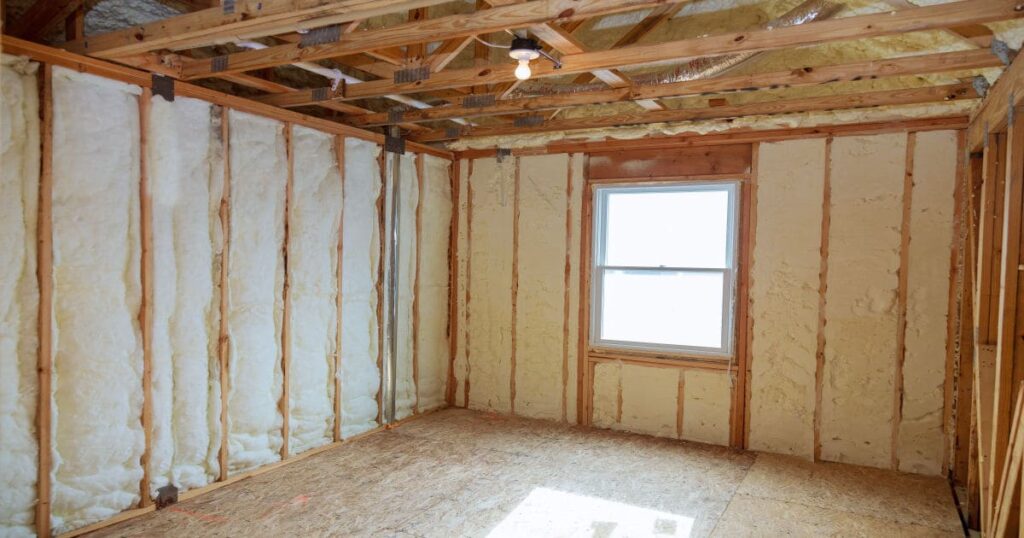
Heating System Checkup
Changing Air Filters
Regularly changing air filters in a heating system is akin to changing the oil in your car; it’s a simple action that greatly impacts performance. A clean filter improves airflow and efficiency, which can extend the lifespan of your system.
Scheduling Professional Inspections
An annual inspection by a certified technician can catch potential issues. Think of it as a comprehensive medical checkup for your heating system, ensuring all components function optimally.
Calibration of Thermostat
Calibrating your thermostat ensures that the temperature settings are accurate, so your system won’t work harder than it needs to. Proper calibration can differentiate between an efficient heating system and one that wastes energy.
Benefits
Regular checkups and maintenance can significantly increase the longevity of your heating system, delaying the need for costly replacements. The efficiency gains from such preventative measures also translate into lower utility bills, making it a win-win situation for homeowners.
Roof and Gutter Maintenance
Cleaning Gutters
Gutters clogged debris can overflow water, damaging your home’s foundation and exterior. Regular cleaning, especially before the winter snowfall, is essential for effective water drainage and preventing ice dams.
Checking for Leaks
A leaky roof is more than just an inconvenience; it’s a gateway to many problems, including mold, damaged insulation, and even structural issues. Routine inspections can identify minor leaks before they escalate, allowing for timely repairs.
Replacing Damaged Shingles
Damaged or missing shingles expose the underlayment and roof deck to the elements, putting your home at risk. Replacing compromised shingles preserves the integrity of your roof and extends its lifespan.
Benefits
One of the immediate advantages of regular roof and gutter maintenance is preventing water damage. Avoiding leaks and damaged shingles effectively staving off the need for costly future renovations.
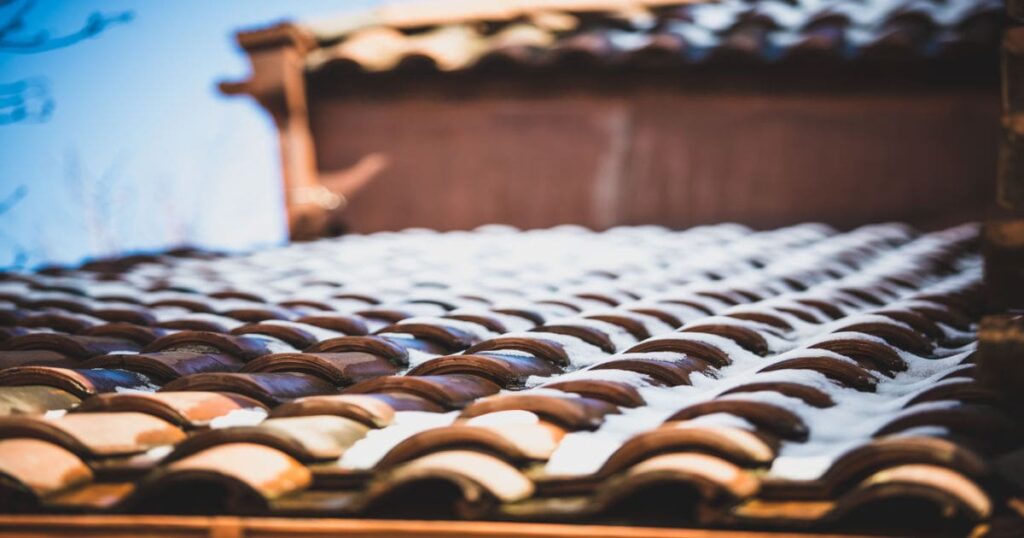
Door and Window Maintenance
Sealing Gaps and Cracks
Small gaps and cracks might seem inconsequential, but they can be major culprits in heat loss. Sealing these openings with caulk or foam sealant prevents drafts and contributes to an energy-efficient home.
Replacing Worn Weather Stripping
Weatherstripping is the unsung hero of a cozy home, creating a tight seal around windows and doors. When it wears out, replacing it is a simple yet effective way to prevent unwanted air exchange, saving both energy and money.
Benefits
The primary advantage of maintaining doors and windows lies in energy efficiency. Sealing gaps and replacing weather stripping minimizes heat loss, reducing the strain on your heating system and lowering energy bills. Additionally, these efforts contribute to a more comfortable indoor climate, free of drafts and temperature fluctuations.
Soffit and Eaves Care
Clearing Any Debris or Nests
Your home’s soffits and eaves can become prime real estate for birds, squirrels, and other small animals and a catch-all for leaves and other debris. Regularly clearing them ensures that ventilation is not compromised and minimizes the risks of moisture build-up or rot.
Checking for Holes or Damage
Holes or damage to soffits and eaves can cascade, leading to problems like poor ventilation, water leakage, or even pest infestations. Regular inspections can help maintain the structural integrity of these essential areas.
Benefits
Keeping your soffits and eaves in good condition benefits your home through improved ventilation and effective pest control. Clean, well-maintained soffits and eaves ensure air flows properly through your attic, reducing moisture and heat build-up. Furthermore, eliminating entry points prevents rodents and other pests from residing in your home.
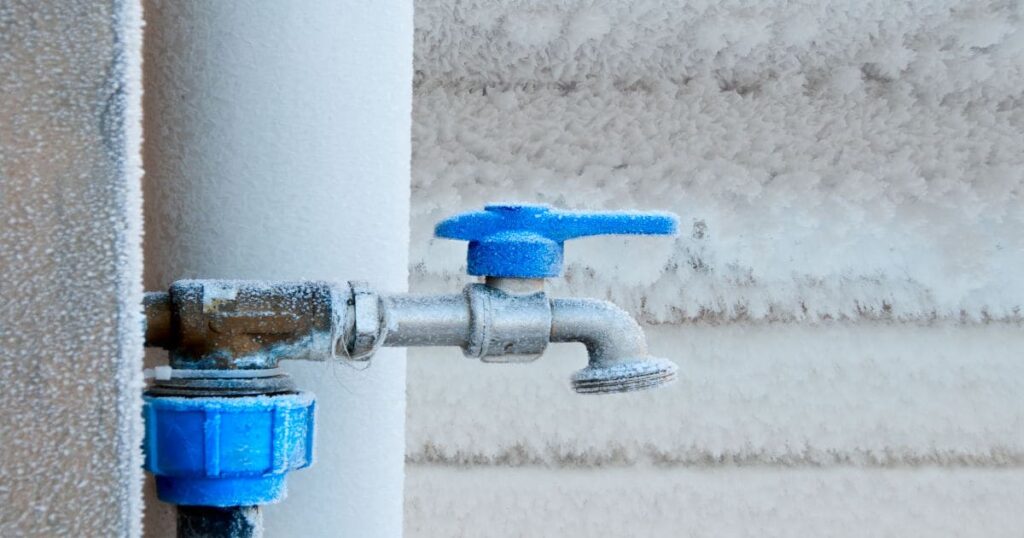
Pipe and Plumbing Precautions
Insulating Exposed Pipes
Exposed pipes, particularly those in unheated areas like basements or garages, are vulnerable to freezing temperatures. Insulating them with foam or fiberglass sleeves can be a thermal blanket, reducing the risk of freezing and subsequent burst pipes.
Running Water at Regular Intervals
Letting faucets drip or running water regularly can help maintain a steady internal temperature in the pipes. This movement of water makes it more difficult for ice to form, providing an extra layer of protection against freezing.
Benefits
The advantages of taking these pipe and plumbing precautions are straightforward: you avoid the catastrophe of frozen or burst pipes, thereby ensuring a consistent water supply throughout the winter months. These simple steps can save costly and inconvenient plumbing emergencies.
Electrical Safety Measures
Checking Outlets for Overload
Overloaded outlets are a risk for electrical failure and a potential fire hazard. Ensuring outlets are not burdened with too many appliances or devices can help avoid inconvenient power outages and dangerous situations.
Replacing Faulty Wiring
Worn, frayed, or outdated wiring can be a ticking time bomb regarding electrical safety. Replacing faulty wiring is crucial for preventing electrical fires and maintaining a stable and reliable power supply to your home.
Benefits
The key advantages of taking electrical safety measures include significantly reducing the risk of fires and a more reliable power supply. Properly maintained electrical systems are less likely to fail, ensuring uninterrupted power and a safer living environment.
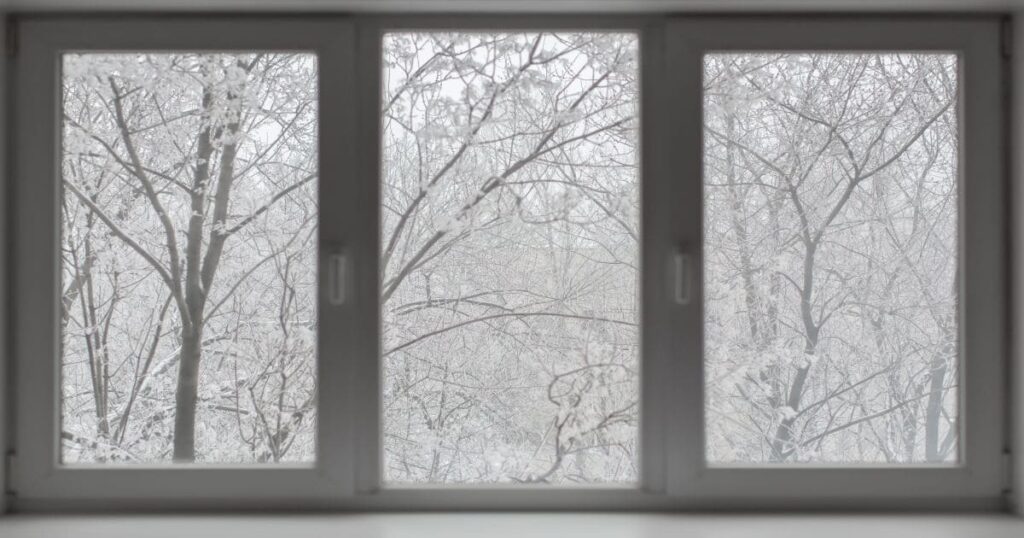
Yard and Exterior Prep
Tree Trimming
Overgrown or weak tree limbs can be a hazard in winter storms, posing the risk of falling onto your home, vehicles, or power lines. Trimming these potentially troublesome branches is a proactive way to minimize damage and maintain safety.
Securing Outdoor Furniture
Loose outdoor furniture can become airborne projectiles in high winds or storms, causing damage to your property or even your neighbors’. Securing or storing these items properly can prevent unnecessary damage and liability.
Benefits
Taking care of your yard and securing your outdoor belongings serve to reduce the risk of damage to your property during inclement weather. In addition, a well-maintained yard and secured outdoor items contribute to your property’s overall aesthetic and curb appeal.
Energy Efficiency
Energy-Efficient Windows
Switching to energy-efficient windows is akin to upgrading from a basic blanket to a high-quality thermal quilt for your home. The windows are a barrier that keeps the warmth and cold out more effectively than traditional, single-paned models.
Double or Triple-Paned Windows
These windows come with multiple layers of glass separated by insulating gases, offering superior thermal insulation. They act as a buffer, reducing heat transfer and stabilizing the inside temperature.
Low-E Glass
Low-emissivity (Low-E) glass has thin metal or metallic oxide that minimizes infrared and ultraviolet light passing through the glass. This coating helps to maintain indoor temperatures by reflecting heat into the home during the winter.
Benefits
One of the most noticeable benefits of investing in energy-efficient windows is reducing heating costs. The enhanced insulation properties of these windows mean your heating system doesn’t have to work as hard, saving you money in the long run. Another benefit is the improved comfort, as these windows help maintain a more consistent indoor temperature.
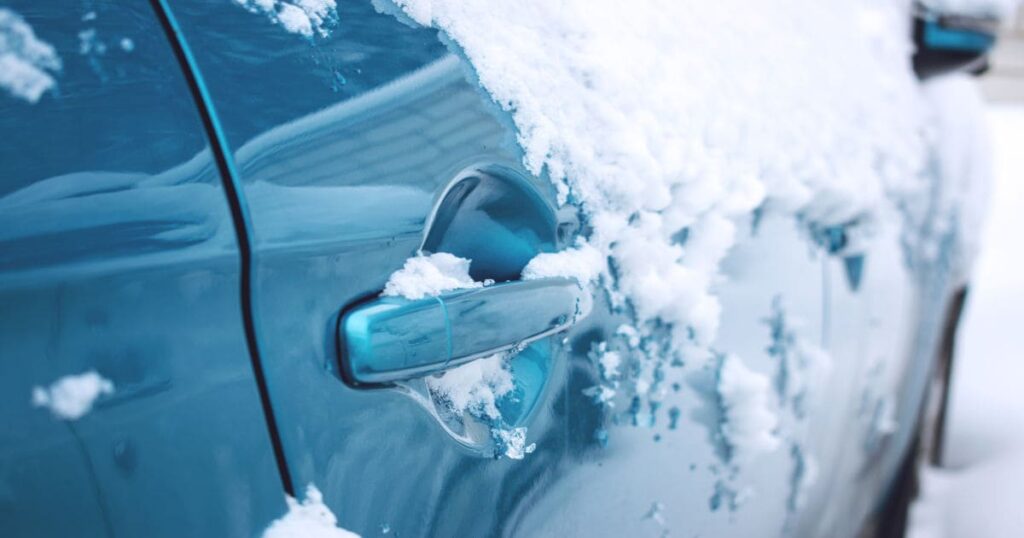
Emergency Kit Essentials
Food and Water Supply
Having a stockpile of non-perishable food and clean water is like having a financial savings account but for survival. These provisions can sustain you and your family during severe winter storms or unexpected emergencies until conditions improve.
First Aid Items
A well-stocked first aid kit is your first defense for minor injuries or medical emergencies. Basic items like bandages, antiseptics, and over-the-counter medication can make a significant difference when immediate medical attention is unavailable.
Flashlights and Batteries
In a power outage, flashlights and a good supply of batteries are your lighting lifeline. They’re also essential for safely navigating your home in the dark, whether dealing with an emergency or a temporary power failure.
Benefits
An emergency kit is an insurance policy providing necessities and medical supplies for survival during prolonged emergencies. These essentials readily available can alleviate stress and potentially save lives in a crisis.
The Winter-Ready Roadmap: Your Final Checklist
Quick Recap of All Maintenance Tips
Think of this as your winter home maintenance reel. From insulating your home to securing your yard, each action item plays a role in preparing your property for the cold season. Ensure your home is well-insulated, your heating system is efficient, your roof and gutters are clear, and your doors and windows are sealed. Don’t overlook the importance of soffits and eaves, plumbing precautions, electrical safety, and yard preparation. Lastly, invest in energy-efficient windows and assemble an emergency kit.
Timeline for Completion
Getting your home winter-ready isn’t an overnight affair; it’s a seasonal project. Ideally, start your preparations early to mid-fall to ensure everything is in place before the first snowfall. Allocate weekends for bigger tasks like insulating your home or tree trimming and weekday evenings for smaller tasks like assembling the emergency kit or sealing window gaps.
image
Frequently Asked Questions
When Should I Start My Winter Home Maintenance?
Begin your preparations early to mid-fall to give yourself ample time to tackle all the tasks. Starting helps you avoid the last-minute rush and possible shortages in supplies.
How Often Should I Inspect My Home During Winter?
A general rule of thumb is to perform a quick inspection every month. Pay special attention after major weather events like snowstorms or windstorms to catch potential issues before they escalate.
Are There Any Signs I Should Look for to Indicate My Roof or Gutters Need Immediate Attention?
Look for sagging gutters, missing or damaged shingles, and any signs of water leakage in the attic. These are red flags that require immediate attention.
How Can I Tell if my Outlets are Overloaded?
Outlets that are warm to the touch, frequently tripping circuit breakers, or flickering lights are signs of overload. If you experience these symptoms, it’s time to reassess the electrical load on that particular outlet.
Is Running Water Through all the Taps Necessary to Prevent Freezing?
Focusing on the taps in unheated or less insulated home areas, like the garage or basement, is usually sufficient for preventing frozen pipes.
.
References

